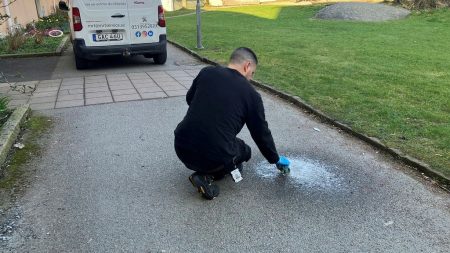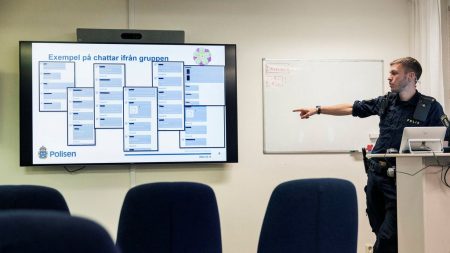The incident in Lövånger, where a suspected break-in at a waterworks was discovered, highlights the vulnerability of critical infrastructure and the potential consequences of such breaches. While the details of the Lövånger incident are still under investigation, and there’s no confirmation of actual entry into the facility or contamination of the water supply, the event evokes memories of similar incidents across Sweden in recent years, raising concerns about the security of the nation’s drinking water. The immediate response involved providing alternative water sources for residents and temporarily closing the local swimming pool, demonstrating the disruptive impact of even suspected compromise.
This suspected break-in underscores a broader pattern of increasing threats against Swedish water infrastructure. Reports from late 2024, including the suspected sabotage of a water tower in Bollnäs, illustrate the potential for malicious actors to disrupt essential services and create public anxiety. The Bollnäs incident, which prompted a hospital to enter emergency preparedness mode and led to boil-water advisories, ultimately proved to be a false alarm, with no contamination found. However, it served as a stark reminder of the potential consequences of such breaches and the need for effective response mechanisms.
The frequency of incidents targeting water facilities, documented by police reports in western Sweden, paints a concerning picture. With an average of one incident every five days in some regions, it’s clear that these are not isolated events but rather a consistent trend. This raises questions about the adequacy of current security measures and the need for enhanced protection of vital infrastructure. The potential motivations behind these acts remain unclear, ranging from vandalism to more sinister intentions of sabotage or terrorism. Regardless of the motive, the potential for disruption and harm is significant.
Experts like Per Becker, a professor specializing in risk and sustainability, have voiced concerns about the vulnerability of Sweden’s drinking water supply. His assessment that a determined adversary could successfully disrupt the system underscores the urgency of improving preparedness and resilience. Becker emphasizes the importance of having robust backup systems and sufficient reserves of emergency water to mitigate the impact of any attack or disruption. His warning highlights the need for a proactive approach, focusing not just on preventing attacks, but also on ensuring the continuity of essential services in the event of a successful breach.
The incident in Lövånger, along with the broader trend of increasing threats against water infrastructure, necessitates a comprehensive review of security protocols and emergency preparedness measures. This includes strengthening physical security at water facilities, implementing robust monitoring systems to detect intrusions, and developing effective response plans to quickly address any compromise. Furthermore, public awareness campaigns can play a crucial role in educating citizens about potential threats and encouraging vigilance. Regular drills and exercises can help refine response protocols and ensure that all stakeholders are prepared to act swiftly and effectively in the event of an emergency.
Ultimately, protecting the nation’s drinking water supply requires a multi-faceted approach, involving collaboration between government agencies, water utilities, law enforcement, and the public. This includes investing in infrastructure upgrades, enhancing security measures, developing robust emergency plans, and fostering a culture of preparedness. By addressing these challenges proactively, Sweden can strengthen its resilience against potential threats and safeguard its citizens’ access to safe and reliable drinking water. The Lövånger incident serves as a timely reminder of the importance of ongoing vigilance and the need for continuous improvement in protecting critical infrastructure.














